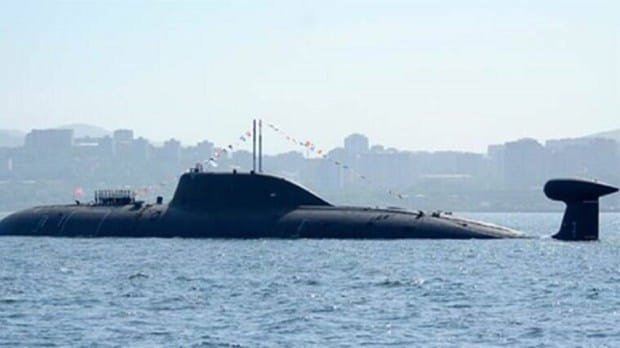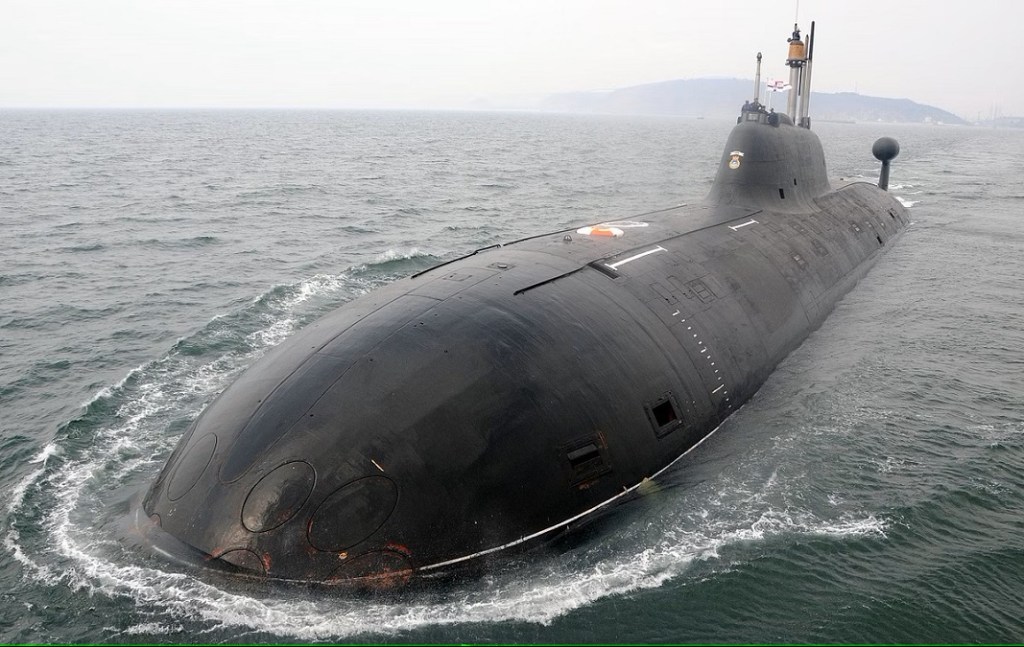India’s top secret nuclear submarine project achieved another milestone with the launch of a second ballistic missile submarine, the Arighat. India’s quest for the indigenous nuclear submarine started when the Indian government approved the construction of six nuclear-powered attack submarines in 2015. Nuclear submarines form the strategic part of India’s ‘no first use’ policy for nuclear weapons. It works as a guarantee of an ‘assured retaliation’ or a second strike, preventing any surprise first strike by a nuclear-armed adversary.
So, what is the full spectrum of India’s nuclear-submarine architecture? India’s submarine fleet is based on the east coast of Visakhapatnam and on the west coast of Mumbai. Also, the submarines in the nuclear class have not been documented in photographs. So, it is largely based on the experts’ analysis through the structural similarities and technical expertise. Primarily, India’s nuclear-powered submarine program is managed by the Defence Research and Development Organisation (DRDO), the Department of Atomic Energy (DAE), and the Indian Navy at Visakhapatnam.
Nuclear submarine: SSN and SSBN
The SSN, commonly referred to as the fast attack submarine, is known as Submersible Ship Nuclear. The SSBN stands for Submersible Ship Ballistic Missile Nuclear.
The common factor between these two types of the submarine is nuclear reactors which power the entire submarine. While the major difference lies in the design and the types of weapons.
In terms of firepower, the SSBN is designed to carry long-distance missiles while the SSN is designed for short-range assailant attacks. The SSN is also designed for carrying out surveillance and intelligence missions.
Arihant-class submarines
The Arihant-class is named after the country’s first nuclear-powered submarine — INS Arihant. The Arihant-class is defined as a nuclear-powered ballistic missile submarine for the Indian Navy.

The first of these SSBNs, the INS Arihant (S2), was launched in July 2009. The INS Arihant was commissioned into the Indian Navy in August 2016. The second in the series, S3 (INS Arighat), is in the final stage of sea trials. The last in the series is the S-4 submarine. The S-4 remains highly classified. The construction of these two remaining two Arihant-class submarines is undergoing at the shipbuilding center in Vadodara in Gujarat.
The Arihant-class submarines are being developed and built indigenously under the Advanced Technology Vessel (ATV). India took steps to operationalize its nuclear triad by commissioning its first ATV submarine, the INS Arihant, in 2016 at a cost of $12 billion.
The four SSBNs carry shorter-range K-15 and larger K-4 ballistic missiles. The K-15 has a range below 1000 km.
The naval arm of the nuclear triad is significant for India given its no-first-use (NFU) nuclear posture.
The SSN-Chakra
India operated one SSN — the INS Chakra-2. Basically, the INS Chakra was an Akula-class attack boat, which was on a 10-year lease from Russia.
India leased two SSN-class nuclear-powered submarines from Russia. In March 2019, India signed for a second nuclear-powered attack submarine, named — Chakra-3—which is under modification in Russia. The Chakra-III is expected to be delivered to the Indian Navy by 2025.
The biggest advantage of the nuclear-powered submarine is the ability to remain submerged indefinitely. For example, an 80MW pressurized water reactor (PWR) submarine can stay submerged for many months without the risk of detection. While conventional diesel-electric submarines can only stay for a limited period. Such conventional submarines need to come up to the surface to release carbon dioxide produced by the generator.
In the prevailing scenarios in the Indian Ocean and beyond, India is perusing the prospect of leasing another SSN from Russia. The submarine deployment in the Indian Ocean has been proven as an effective deterrence against Chinese warships. However, the Indian navy is phasing out its conventional submarines. And, India currently has only one Akula class SSN on lease while one more is expected to come on the lease, not before 2025.
